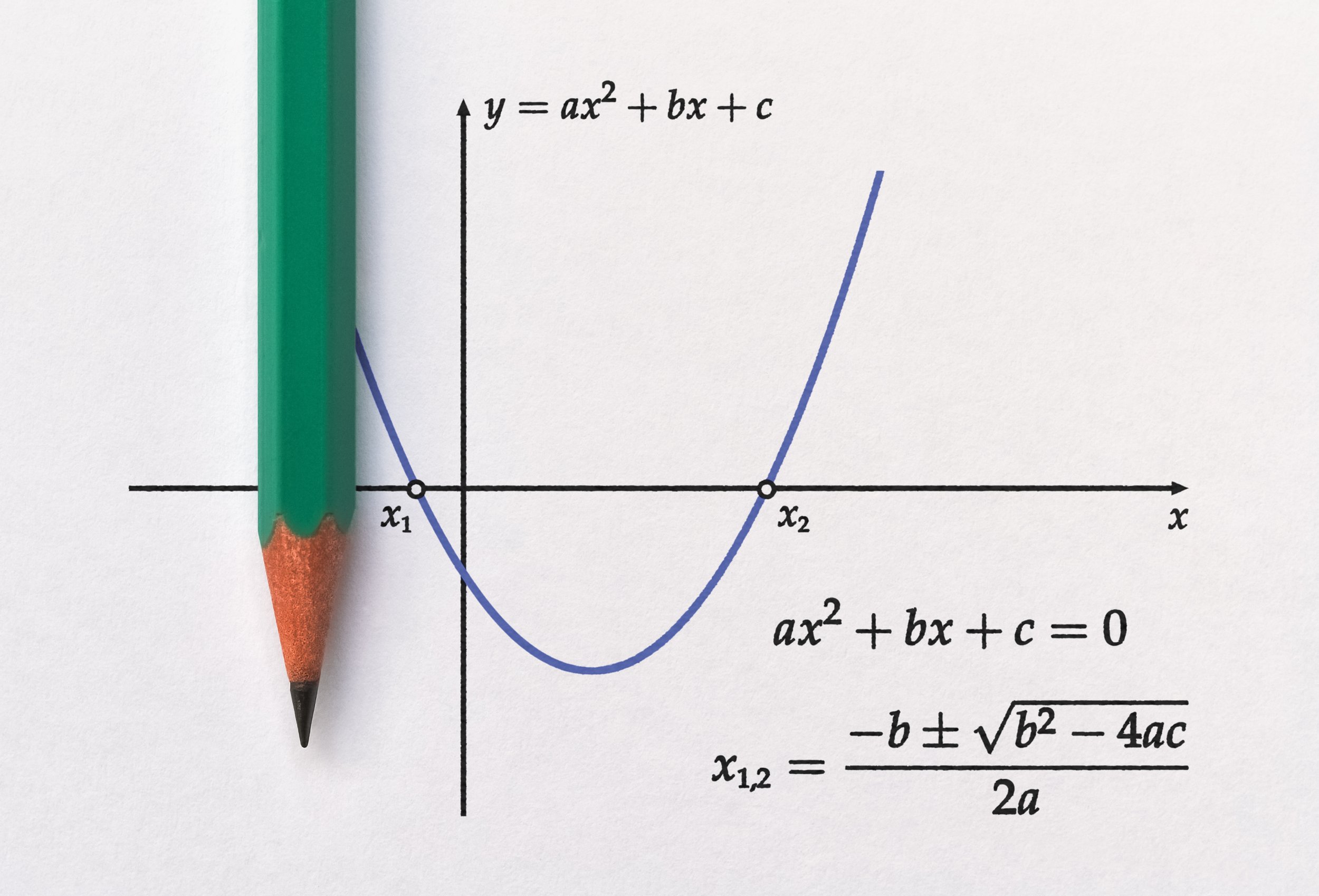Social Learning, Part 2
All of us have had teachers who made a lasting impression. A high school math teacher enhanced my understanding of quadratic equations. I should add that I’ve never used them since high school. I took the path of humanities and arts.
The quadratic guy’s classroom had all the hallmarks of a strong social learning environment.
He cultivated an environment of positivity.
He modelled the behaviours he wanted.
He used strategic peer interaction.
He leveraged the power of observation.
His positiveness is what stuck with me the most. Through his manner, there was no such thing as ‘difficult equations.’ His approach said, ‘You can do this.’
A role model is a powerful social tool. His attitude and behaviour accomplished two things. First, stressed brains relaxed because he had a relaxed attitude. Second, his interactions with the difficulty of the subject matter were positive. Solving the equations was a process that, if followed, would result in success.
He was plugged into his students. He knew who struggled (me) and who had the goods. With ease, he matched us with peer tutors.
He regularly showcased accomplishments from the strugglers to the champions. No judgements were ever made (except at exam time). Our work was displayed. Next week, a new batch was highlighted.
Because of his excellence in social learning strategies, he was able to mould an unruly group of 14-year-olds into math legends.

